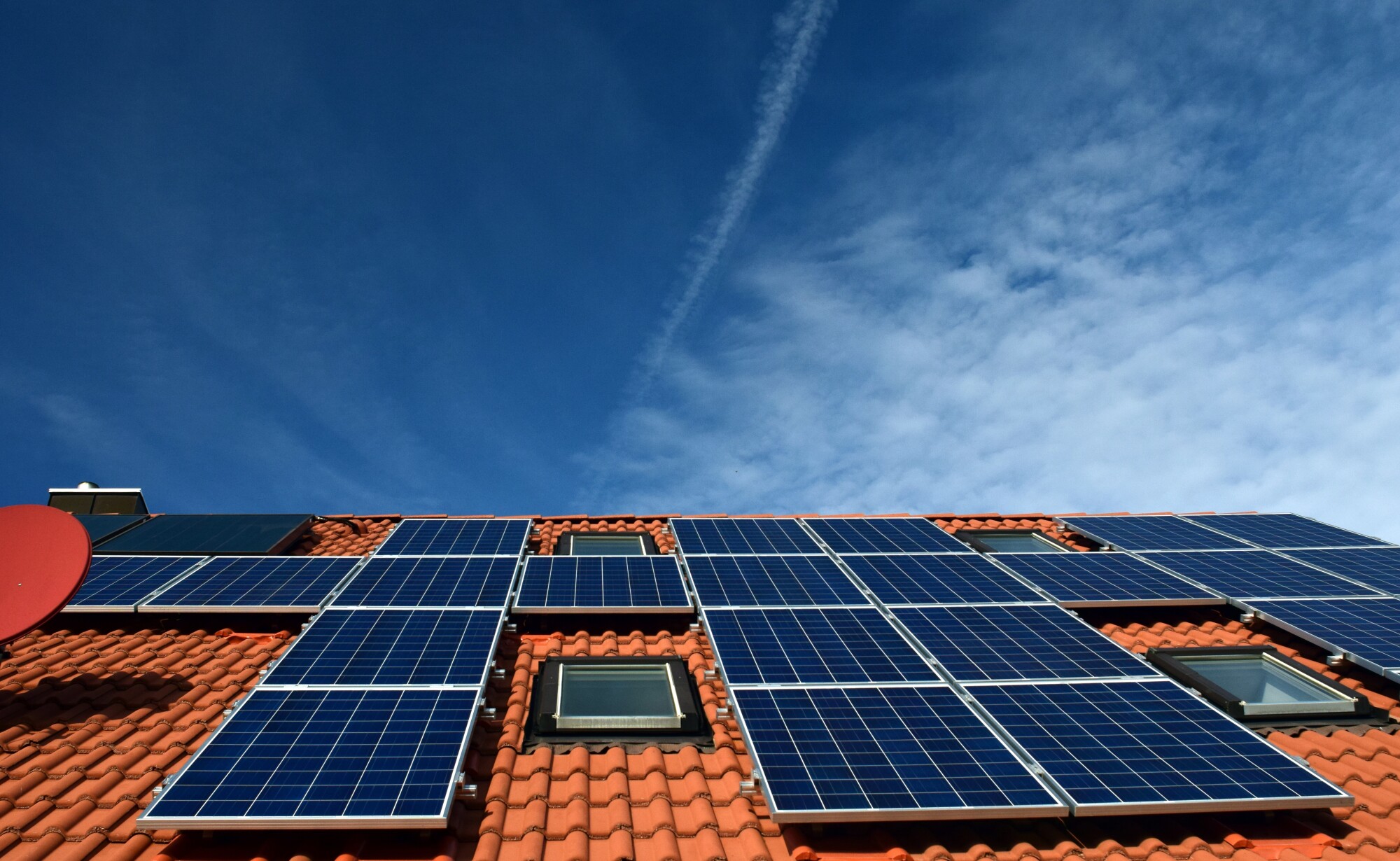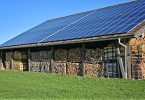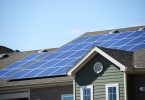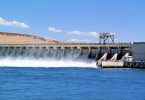Economists value the global solar energy market at $197.23 billion. And it’s only growing.
Solar energy is the most promising source of renewable energy. It doesn’t pollute, it’s zero-carbon, and—unlike hydro and wind—solar panels pose little risk of disruption to local ecosystems.
As engineers develop solar technology further, it’s easier than ever to join the renewable energy revolution.
Today’s solar panels come in a range of sizes, structures, and materials. When you explore the different types of solar panels available, you might be pleasantly surprised. It’s likely that at least one option will suit your needs.
Moreover, grants, discounts, rebates, and reimbursements make solar energy increasingly affordable. Renewable energy is a global project, and many different groups are on board.
If you’re ready to explore your solar power options, read on! With this guide, you’ll learn about the different types of solar panels on the market. You’ll also see each option’s benefits and drawbacks.
Which solar panel system is right for your home?
Solar Panels 101: CSP vs PV
Before you learn about the best solar panels on the market, start with foundational knowledge. There are two broad categories of solar energy systems. The categories are:
- Concentrated solar power (CSP)
- Photovoltaic (PV) systems
CSP and PV systems use different methods to turn the sun’s energy into electricity.
Engineers sometimes call CSP systems “solar thermal systems.” They concentrate the sun’s energy into a high-heat fluid. The heat powers a generator that turns the thermal energy into electricity.
In contrast, PV systems turn the sun’s light energy into electricity. Solar PV cells absorb light, and the light knocks loose electrons in the cells at a molecular level. Those loose electrons bound around until they create a current.
This current is electrical. Wires in the solar panel system pick up the electric current and put it to use.
Design Differences
PV and CSP systems use differently-designed solar panels. These differences optimize the panels for the different methods of electricity generation.
CSP systems are better able to store electrical energy for later use. But, PV systems use less expensive materials.
Types of CSP Solar Panels
There are fewer commercially available CSP solar panel systems for homes than PV systems. Most people who utilize CSP power in the United States take a “DIY” approach, going off-grid.
Generally, CSP solar energy systems are power-grid-level solutions. The best options convert up to 34% of the thermal ev=nergy they receive from the sun into electrical energy. And, they only cost $0.02 per kw.
But, these systems are massive. They typically need a lot of space to work effectively. Homeowners committed to a CSP solar energy system choose one of four models:
- Parabolic trough (linear concentrator system)
- Linear fresnel system
- Solar power dish system
- Solar tower system
There are no pricing standards yet for the typical home. It’s worthwhile to research each of these evolving solar energy structures further through programs like Solar PEIS.
For most homeowners, buying solar panels means focusing on photovoltaics.
Types of Solar Panels: PV
Photovoltaic solar power systems are more popular than CSP systems. PV systems are less expensive, and there are more established brands on the market.
Engineers primarily distinguish PV solar panels by materials. These panels may be monocrystalline, thin-film, or polycrystalline. Newer solar panel options, like perovskite cells, will be on the market soon.
Monocrystalline Panels
Monocrystalline solar panels are composed of silicon solar cells. All cells in a panel are cut from a single, pure silicon crystal. This purity improves silicon’s function as a semi-conductor.
Monocrystalline panels typically convert 18-22% of the light energy they receive from the sun into electricity. These are the most efficient PV panels, and they generate the most electrical power.
But, they’re also the most expensive. Monocrystalline solar panels cost up to $1.50 per watt. A monocrystalline set of residential solar panels typically costs $6000 to $9000.
Thin-Film Panels
Thin-film solar panels layer a thin sheet of solar cell material on a substrate. Substrates can be glass, metal, or plastic. This makes them well-suited for building-integrated solar energy systems.
Different solar energy companies use different materials to craft thin-film solar panels. The most frequently used materials are:
- Cadmium telluride (CdTe)
- Amorphous silicon (a-Si)
- Copper indium gallium selenide (CIGS)
- Gallium arsenide (GaAs)
A thin-film panel’s energy efficiency depends on its materials. CdTe solar panel cells have an 18-22% efficiency, on average.
CIGS thin-film solar panels are typically less efficient. But, engineers are innovating every day. Recently, scientists discovered alkali treatments enhanced efficiency.
The latest CIGS panels are over 23% efficient.
Still, GaAs thin-film panels are the most efficient on the market today. New solar cell processing techniques make it even more viable.
In a lab, GaAs panels reached over 30% efficiency. Their commercially-available counterparts stay around 28% efficient.
Thin-film cells’ efficiency and adaptability make them a popular choice for large construction projects. But, they can cost $2.00 to $3.00 per watt. Moreover, the most affordable options can have poor efficiency (14-18%).
Yet, because thin-film is lightweight and adaptable, installation costs for a typical home solar panels system range from $3000 to $5000.
Polycrystalline Panels
Polycrystalline solar panels are made from silicon, just like monocrystalline panels. But, polycrystalline panels are less pure. Engineers blend fragments of different silicon crystals to make polycrystalline panels.
When developers create polycrystalline panels, the process creates less waste.
Polycrystalline panels don’t convert light into electricity as efficiently as monocrystalline options. The blend of silicon can disrupt the conduction process. Polycrystalline panels only convert light with 13% to 16% efficiency.
Polycrystalline solar energy systems typically cost $4500 to $6000 for a single home. That’s roughly $0.90 to $1.00 per watt.
Perovskite Solar Cell
perovskite solar panels are made of crystalline substances, just like the other PV options. But, these panels don’t utilize silicon. Instead, they use absorber materials with perovskite structures.
Perovskite solar cells convert light energy into electricity with over 25% efficiency. They’re highly stable, and they resist degradation. That’s good if you want your solar panels to last through decades’ worth of rough weather.
Perovskite solar panels aren’t quite market-ready yet. But, engineers have already designed perovskite panels that cost $0.25 per square foot. This is the most affordable PV panel yet.
Discover Solar Solutions Near You
Different types of solar panels suit different homes. Fortunately, no matter where you live, solar can be part of your lifestyle.
Solar for your house is an informative directory for people like you. Use it to search for solutions in your state. Sort through options like solar batteries and relevant rebates quickly to get the energy you want.
Want more personalized information? Reach out to us. Get expert recommendations and a free cost estimate through our contact page.






